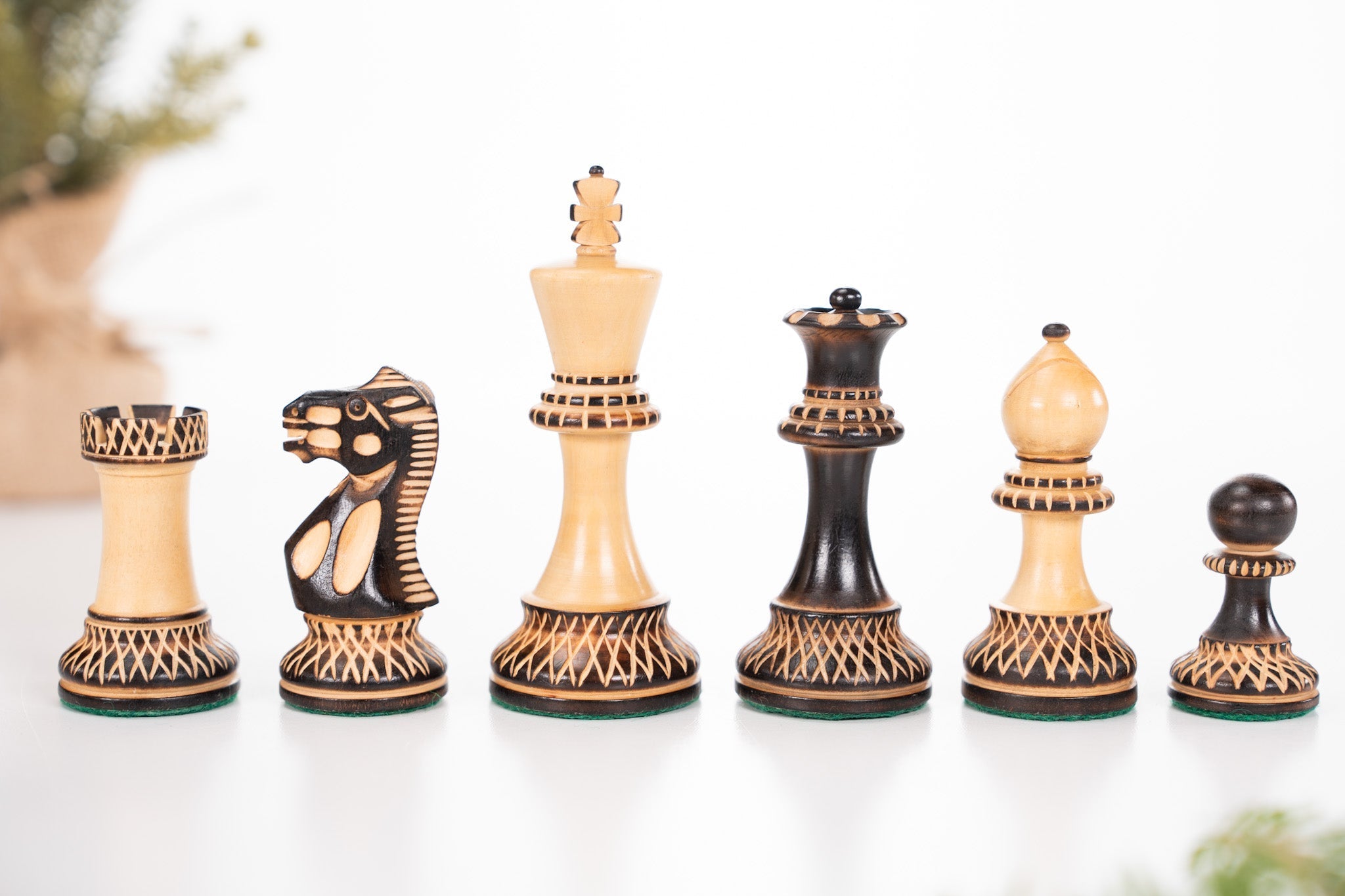Chess is a game that requires deep thinking. It is also a game that needs time management. In the past, players could take as much time as they wanted. But as the game became more competitive, a need for time control arose. This led to the invention of chess clocks.
Early Days: Sand Timers
In the early days, sand timers were used. These timers were simple. A player would flip the timer when they made a move. The sand would run out, and the next player would flip it again. This method had many problems. Sand timers were not very accurate. They could be affected by humidity. They also could not measure small amounts of time well.
The Birth of Mechanical Clocks
In the late 19th century, mechanical clocks were invented. These clocks were more accurate than sand timers. They used gears and springs to keep time. A player would press a button after their move. This would stop their clock and start their opponent’s clock. This made the game faster and fairer.
First Double-faced Chess Clocks
The first double-faced chess clocks were created in 1883. These clocks had two faces. Each player could see their own time. This was a big improvement. Players could now manage their time better. They could see how much time they had left. This made the game more strategic.
Electric Clocks: A New Era
In the 20th century, electric clocks came into use. These clocks were even more accurate. They used electricity to keep time. Players still pressed a button after their move. This stopped their clock and started their opponent’s clock. But now, the clocks were more reliable. They were not affected by temperature or humidity.
Chess Clocks In Tournaments
Electric clocks became standard in tournaments. They made the game fairer. Both players had the same amount of time. If a player ran out of time, they would lose. This added a new layer of strategy to the game. Players had to think fast and make good decisions.
Digital Clocks: Precision and Innovation
In the late 20th century, digital clocks were introduced. These clocks used electronic displays. They were very accurate. They could measure time in seconds and even milliseconds. Players could see their time clearly. Digital clocks also had many new features.
Increment And Delay
One important feature is increment. This adds a small amount of time after each move. For example, if the increment is 5 seconds, a player gets 5 extra seconds after each move. This helps prevent time pressure. Another feature is delay. This means the clock does not start right away. There is a short delay before the time starts counting down. This also helps players manage their time better.
Setting Different Time Controls
Digital clocks allow different time controls. Players can set the time for each game. They can choose a fast game with only a few minutes. Or they can choose a longer game with more time. This makes digital clocks very flexible. They can be used for many types of games.

Credit: chess-teacher.com
Modern Chess Clocks: Features and Benefits
Today, modern chess clocks have many features. They are easy to use. They are very accurate. They can measure time in tiny amounts. They have clear displays. Players can see their time easily. Modern chess clocks also have memory functions. They can save settings for different games. This is very convenient for players.
Durability And Portability
Modern chess clocks are also durable. They are made from strong materials. They can last a long time. They are also portable. Players can take them to tournaments and clubs. This makes them very practical.
The Impact of Chess Clocks on the Game
Chess clocks have changed the game in many ways. They have made the game faster. Players have to think quickly. They have to manage their time well. This adds a new challenge to the game. Chess clocks have also made the game fairer. Both players have the same amount of time. This means the game is decided by skill, not by who has more time.
Enhancing The Spectator Experience
Chess clocks have also made the game more exciting for spectators. People can see the time ticking down. They can see the pressure on the players. This makes the game more thrilling to watch.
Conclusion
The evolution of chess clocks is a fascinating journey. From simple sand timers to modern digital clocks, each step has made the game better. Chess clocks have improved accuracy, fairness, and excitement. They have added new challenges and strategies to the game. Today, chess clocks are an essential part of the game. They help players manage their time and play their best. The journey of chess clocks is a testament to human innovation and the love for the game of chess.

Credit: royalchessmall.com
Summary Table
| Era | Type of Clock | Features |
|---|---|---|
| Early Days | Sand Timers | Simple, affected by humidity, not very accurate |
| Late 19th Century | Mechanical Clocks | More accurate, gears and springs, button press |
| 20th Century | Electric Clocks | Very accurate, uses electricity, reliable |
| Late 20th Century | Digital Clocks | Electronic displays, very accurate, new features |
| Modern Times | Modern Digital Clocks | Easy to use, durable, portable, memory functions |







